Last year we launched a partnership with the Government of Telangana Social Welfare Residential Educational Institutions Society (TGSWREIS) in Telangana, India to develop and implement a computing curriculum at their Coding Academy School and Coding Academy College. Our impact team is conducting an evaluation. Read on to find out more about the partnership and what we’ve learned so far.
Aim of the partnership
The aim of our partnership is to enable students in the school and undergraduate college to learn about coding and computing by providing the best possible curriculum, resources, and training for teachers.
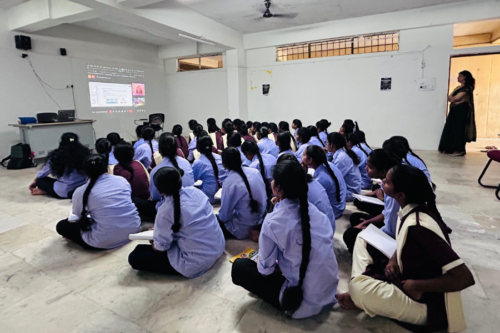
As both institutions are government institutions, education is provided for free, with approximately 800 high-performing students from disadvantaged backgrounds currently benefiting. The school is co-educational up to grade 10 and the college is for female undergraduate students only.
The partnership is strategically important for us at the Raspberry Pi Foundation because it helps us to test curriculum content in an Indian context, and specifically with learners from historically marginalised communities with limited resources.
Adapting our curriculum content for use in Telangana
Since our partnership began, we’ve developed curriculum content for students in grades 6–12 in the school, which is in line with India’s national education policy requiring coding to be introduced from grade 6. We’ve also developed curriculum content for the undergraduate students at the college.
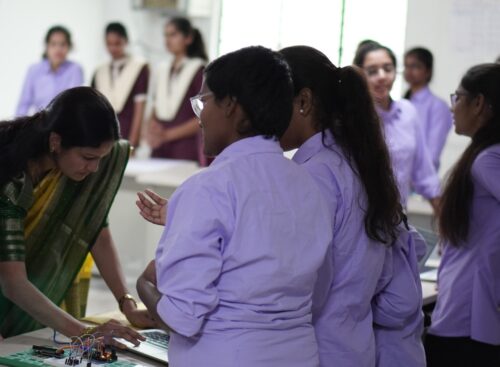
In both cases, the content was developed based on an initial needs assessment — we used the assessment to adapt content from our previous work on The Computing Curriculum. Local examples were integrated to make the content relatable and culturally relevant for students in Telangana. Additionally, we tailored the content for different lesson durations and to allow a higher frequency of lessons. We captured impact and learning data through assessments, lesson observations, educator interviews, student surveys, and student focus groups.
Curriculum well received by educators and students
We have found that the partnership is succeeding in meeting many of its objectives. The curriculum resources have received lots of positive feedback from students, educators, and observers.
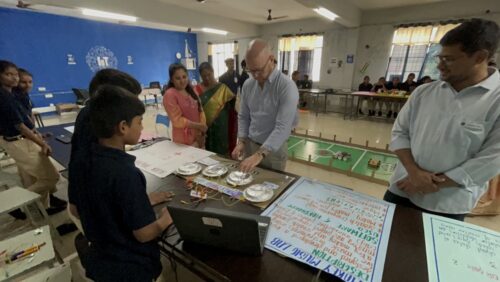
In our recent survey, 96% of school students and 85% of college students reported that they’ve learned new things in their computing classes. This was backed up by assessment marks, with students scoring an average of 70% in the school and 69% in the college for each assessment, compared to a pass mark of 40%. Students were also positive about their experiences of the computing and coding classes, and particularly enjoyed the practical components.
“My favourite thing in this computing classes [sic] is doing practical projects. By doing [things] practically we learnt a lot.” – Third year undergraduate student, Coding Academy College
– Werbung –
“Since their last SA [summative assessment] exam, students have learnt spreadsheet [concepts] and have enjoyed applying them in activities. Their favourite part has been example codes, programming, and web-designing activities.” – Student focus group facilitator, grade 9 students, Coding Academy School
However, we also found some variation in outcomes for different groups of students and identified some improvements that are needed to ensure the content is appropriate for all. For example, educators and students felt improvements were needed to the content for undergraduates specialising in data science — there was a wish for the content to be more challenging and to more effectively prepare students for the workplace. Some amendments have been made to this content and we will continue to keep this under review.
In addition, we faced some challenges with the equipment and infrastructure available. For example, there were instances of power cuts and unstable internet connections. These issues have been addressed as far as possible with Wi-Fi dongles and educators adapting their delivery to work with the equipment available.
Our ambition for India
Our team has already made some improvements to our curriculum content in preparation for the new academic year. We will also make further improvements based on the feedback received.
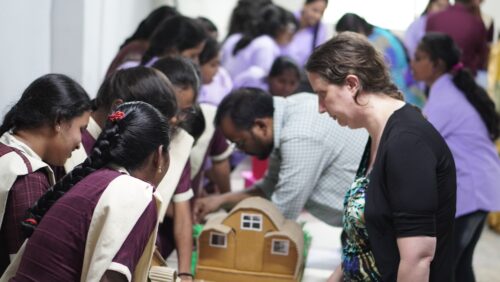
The long-term vision for our work in India is to enable any school in India to teach students about computing and creating with digital technologies. Over our five-year partnership, we plan to work with TGSWREIS to roll out a computing curriculum to other government schools within the state.
Through our work in Telangana and Odisha, we are learning about the unique challenges faced by government schools. We’re designing our curriculum to address these challenges and ensure that every student in India has the opportunity to thrive in the 21st century. If you would like to know more about our work and impact in India, please reach out to us at india@raspberrypi.org.
We take the evaluation of our work seriously and are always looking to understand how we can improve and increase the impact we have on the lives of young people. To find out more about our approach to impact, you can read about our recently updated theory of change, which supports how we evaluate what we do.
Website: LINK
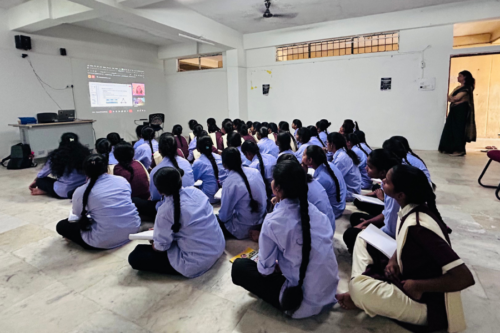
Schreibe einen Kommentar
Du musst angemeldet sein, um einen Kommentar abzugeben.